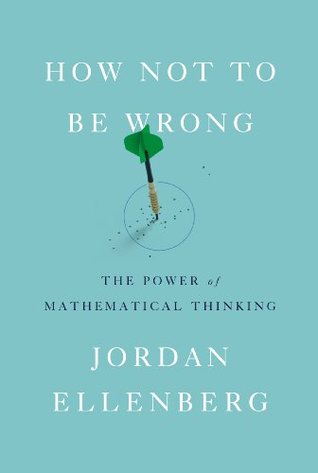The “known unknowns” are like RED—we don’t know which ball we’ll get, but we can quantify the probability that the ball will be the color we want. BLACK, on the other hand, subjects the player to an “unknown unknown”—not only are we not sure whether the ball will be black, we don’t have any knowledge of how likely it is to be black. In the decision-theory literature, the former kind of unknown is called risk, the latter uncertainty.
Welcome back. Just a moment while we sign you in to your Goodreads account.


